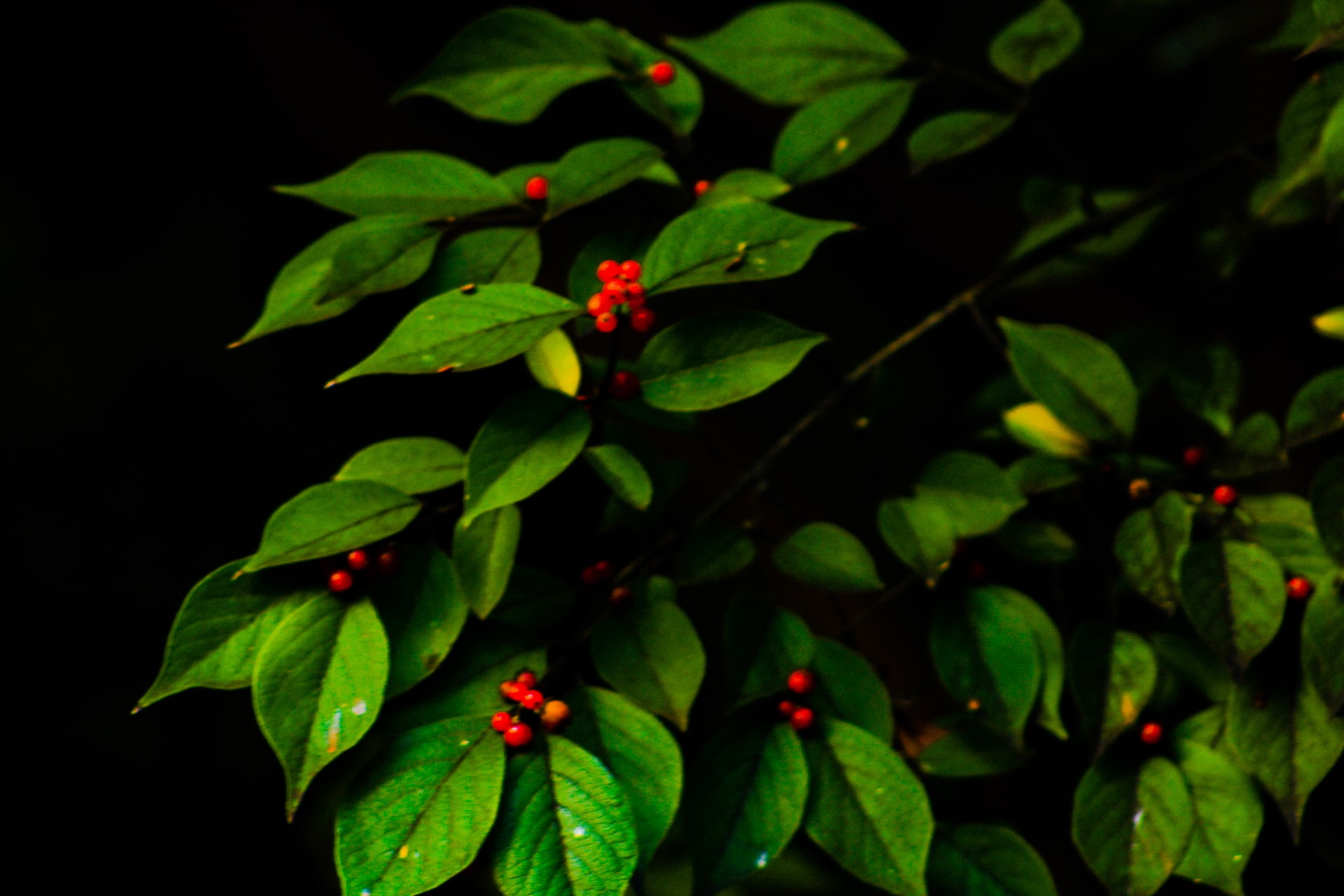The first seed
Becoming Shantiah
Bitterend seeds
Bushes of sr'hor'hej, or bitterend berry are very common in the Shan desert. It is in fact the main source of food for gatherer bands. The flesh of the berries is sweet and nutritious, but the name comes from the seeds they contain. Very small, they taste terribly bitter despite having a great nutritional value. Even boiled or cooked, no one in their right mind would willingly eat them. They are used in the first seed ritual and represent the first meal of every Shantiah.
Meaning of the ritual
If the origins of the first seed are lost in time, the meaning remained. It determines the fate of the newborn child. A few minutes after birth, once the baby has exhausted their first cry, they are given a bitterend seed to eat. As per the rite guidelines, the child's behavior towards the seed dictates their very self. The younger one is, the more truthful. Babies are nothing but truth as they don't even have the concept of lies.
Eating the seed
If the child simply eats the seed and swallows it despite the taste, it means that this person will have a good constitution and will be robust and not a picky eater. They are inclined to become gatherers or breeders, and most newborns follow this pattern.
Spitting the seed out
Sometimes, the baby will put the seed in its mouth only to spit it out once they realize the taste. These ones will have good reflexes and cold-headed responses. They make fine hunters or scouts.
Rejecting the seed
The rarest pattern is to throw the seed even before tasting it. Since it is too soon to speak of intelligence, the children that do so are given a strong instinct and are fated to become great leaders of their people.
Down the mines
The true Shantiahe cannot go underground due to their beliefs and the deal they made with their water alter-ego. This restriction does not apply to the rejects that have been denied what makes them a Shantiah. Not undergoing the first seed is one reason to lose that, and the only places where such people can be welcomed are the rare mines where they would live all their life digging the ground for iron ore.



Comments